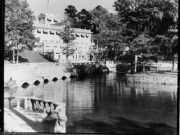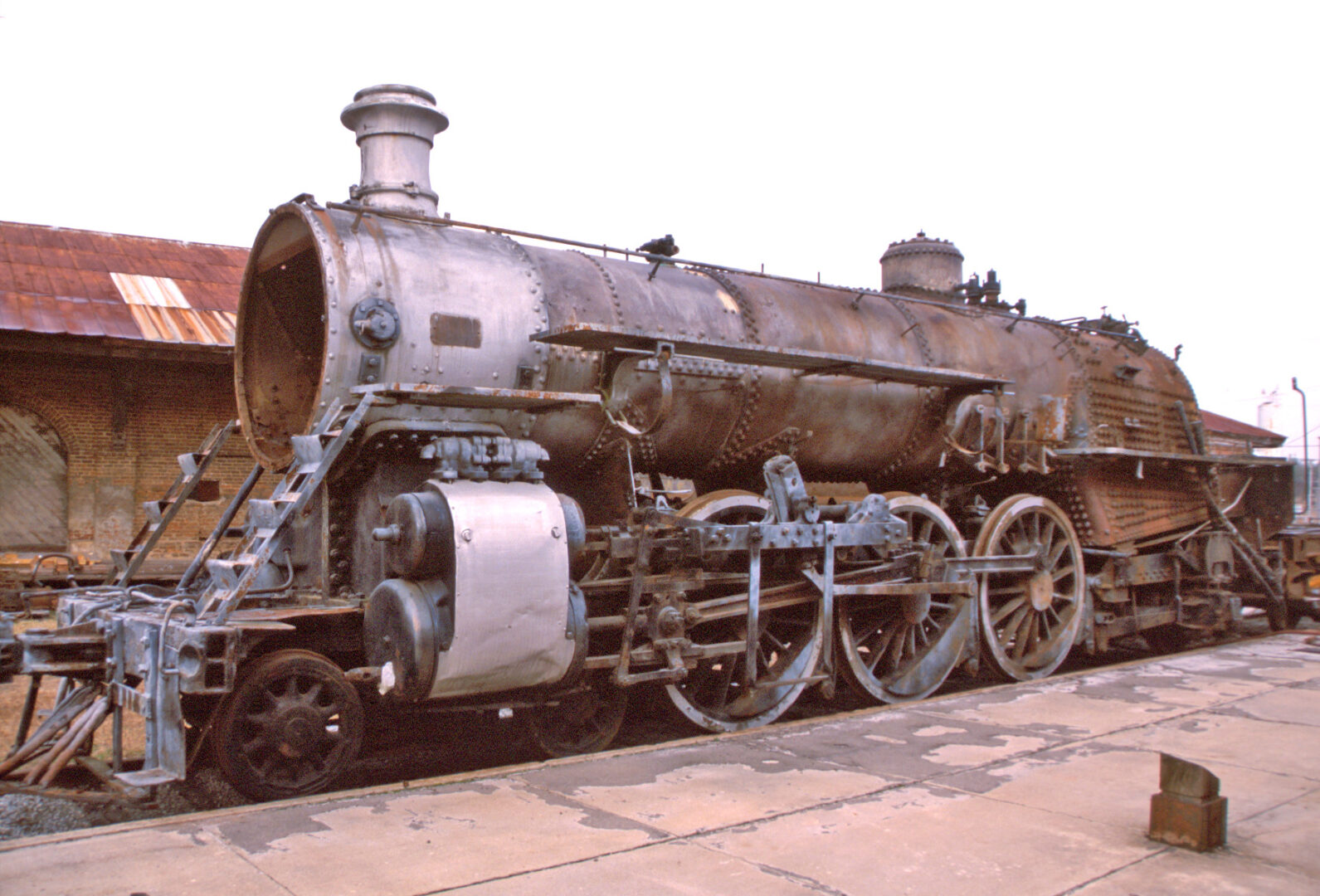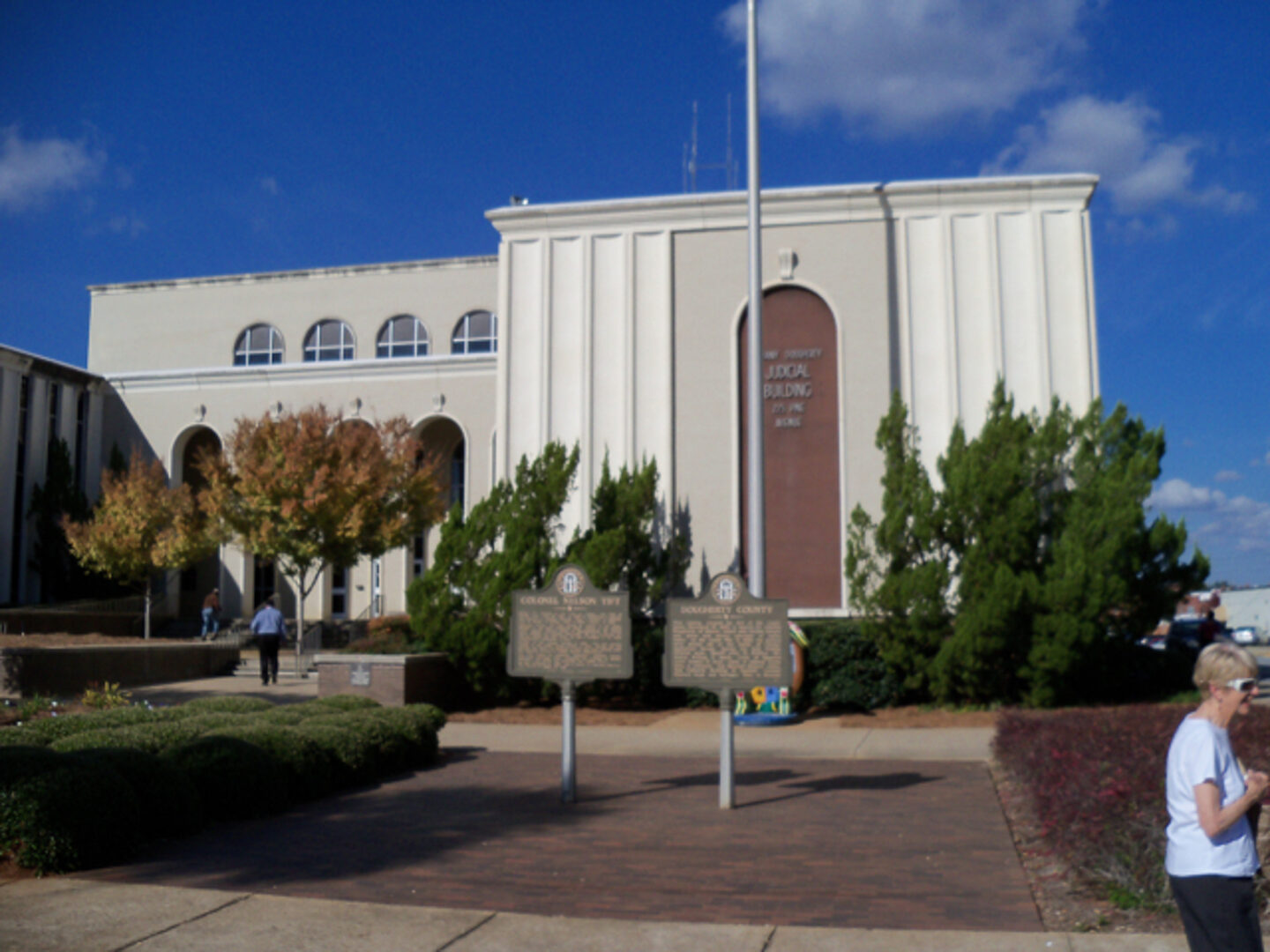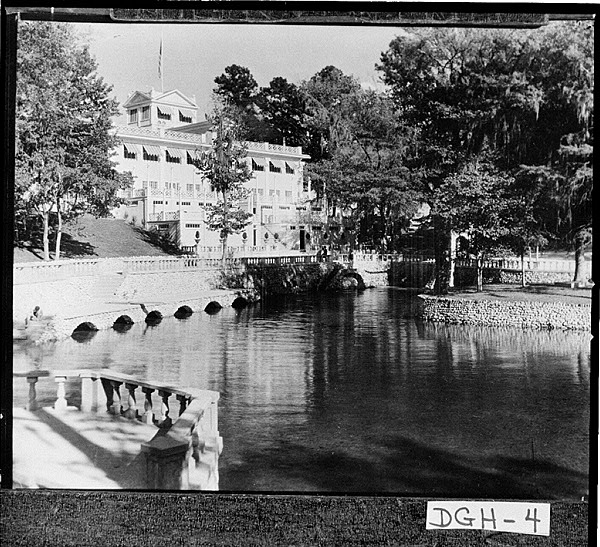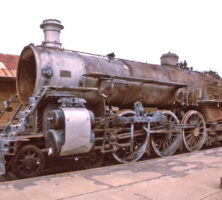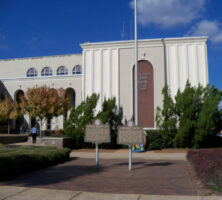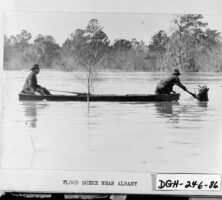Dougherty County, comprising about 330 square miles in southwest Georgia, was carved from Baker County in 1853 and named for Athens judge Charles Dougherty, in appreciation for his strong support of states’ rights. In 1854 and 1856 the county gained more territory from parts of Worth County.
The original inhabitants of the area were Creek Indians, who were driven out in 1836 after the Creek Wars (1811-15). Many of the new settlers were wealthy cotton planters from the older parts of Georgia and South Carolina who were attracted to southwest Georgia’s rich soil and the navigational possibilities of the Flint River. These planters settled around the new town of Albany, which was then still part of Baker County. The rapid growth of the population in and around Albany led the settlers to petition the state assembly for their own county, and Albany was chosen as county seat.
Race relations in Dougherty County have been contentious for much of the county’s history. Soon after emancipation, a large number of the county’s newly enfranchised Black voters elected several representatives to the state legislature. Aggressive white citizens challenged these voters’ new rights after the Civil War (1861-65), and soon the numbers of Black voters in the county had dwindled to little more than a handful. Over the next decades, African Americans made sporadic efforts, including the famous Albany Movement in the 1960s, to win back their civil rights.
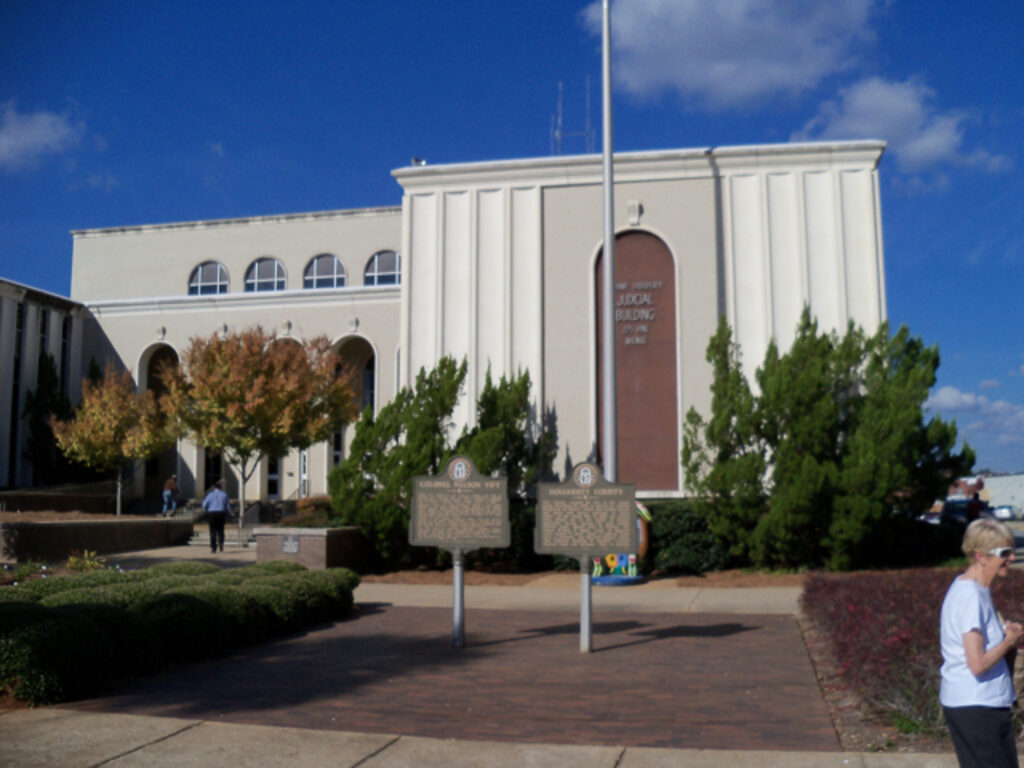
Beginningin 1890, the county’s reliance on cotton farming during much of the nineteenth century gave way to the cultivation of pecans and peanuts. Cattle ranching arrived in the county during the 1930s, with meatpacking plants soon operating as a mainstay of the economy. The economy diversified somewhat with the arrival of World War II (1941-45), when two training fields for Allied pilots were established in the county. These fields, along with a postwar Marine Corps Logistics Base, were good sources of employment. New postwar industries included breweries, candy manufacturers (Bobs Candies), tire makers, and other factories.
The Flint River overran its banks in 1841, 1925, and 1994, causing major floods in Dougherty County. The devastating flood of 1994 brought national and international attention to the area, but the ensuing public and private funding enabled residents to embark on an award-winning recovery program.
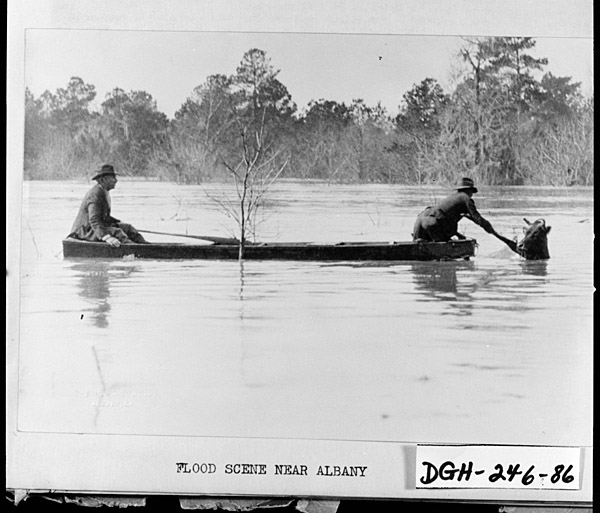
In recent years, tourists have increasingly come to enjoy boating, fishing, and hunting in and around the county’s Flint River, cypress swamps, and quail reserves.
Notable persons born in Albany include Ray Charles, acclaimed rhythm and blues musician; Alice Coachman, the first African American Olympic gold medal winner; Jim Fowler, host of the television series Wild Kingdom; trumpeter Harry James; brothers and civil rights activists C. B. King, Clennon Washington King Jr., Preston King, and Slater King; and Ray Knight, major league baseball player and husband of golfer Nancy Lopez.
Points of interest include the Albany Museum of Art, the only fully accredited art museum in southwest Georgia; the Flint RiverQuarium; the Albany Civil Rights Institute; the Parks at Chehaw, one of Georgia’s two accredited zoos; Radium Springs; and Thronateeska Heritage Center in Albany, which includes the Museum of History, Wetherbee Planetarium, and the Science Discovery Center. Three institutions of higher education, Albany State University, Albany Technical College, and Darton State College, are located in the county.
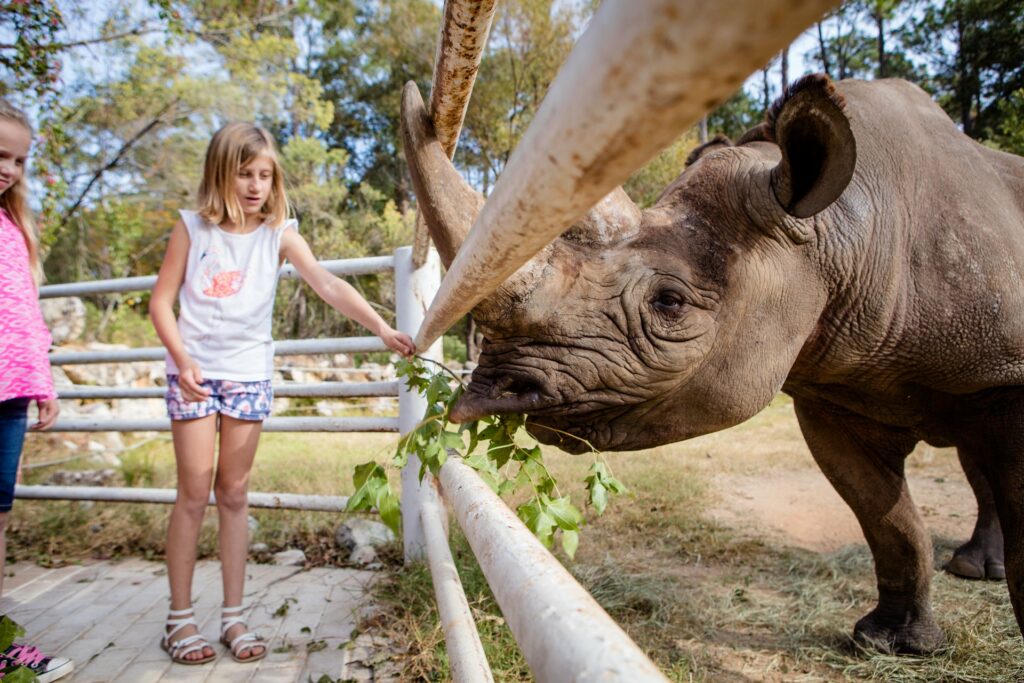
The current courthouse, the third in the county’s history, was built in 1968. Albany remains the only incorporated town in the county; other communities are Acree, Pecan City, Putney, and Radium Springs.
The large numbers of enslaved people forcably brought into Dougherty County during its early days led to a significant Black population throughout its post–Civil War history. According to the 2020 U.S. census, the population of Dougherty County is 85,790, a decrease from the 2010 population of 94,565.


